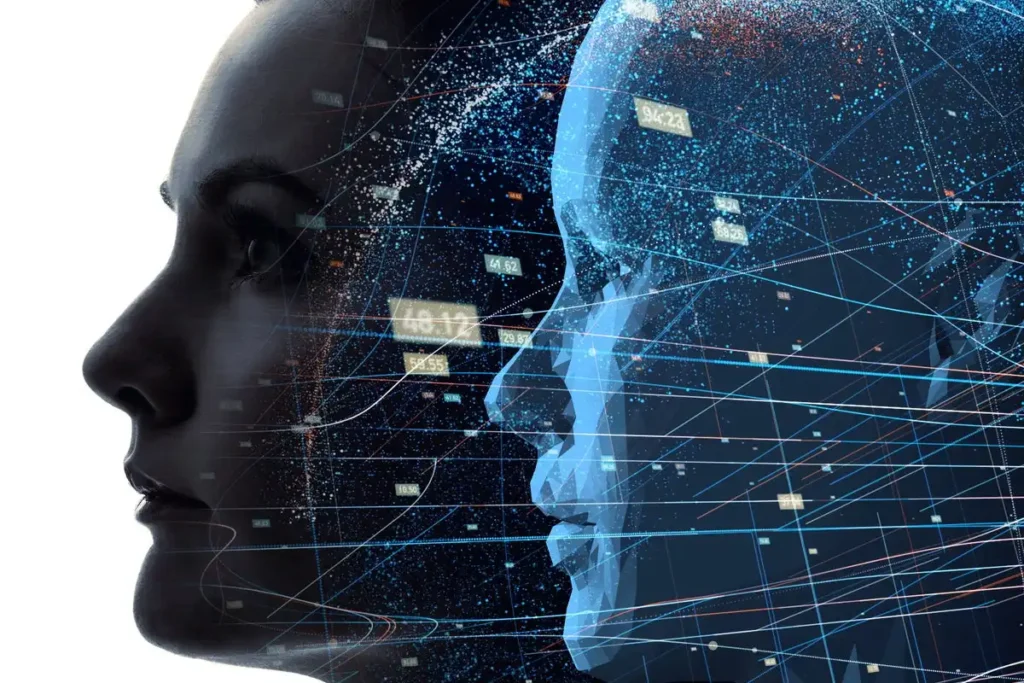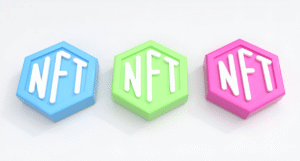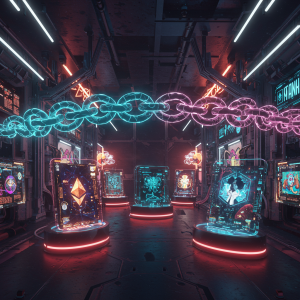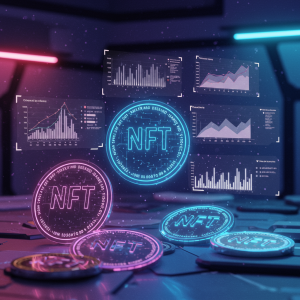NFT-Based Digital Twins: Creating Seamless Bridges Between Physical and Virtual Worlds

The convergence of NFT technology with augmented and virtual reality is transforming how we interact with digital assets. This evolution represents not just a technological advancement, but a fundamental shift in how we perceive ownership across physical and virtual boundaries.
Understanding Digital Twins in the NFT Ecosystem
Digital twins aren’t new concepts in technology circles, but their implementation through NFTs has created unprecedented possibilities. At their core, these assets represent exact digital replicas of physical items, but with enhanced features that only virtual environments can provide.
Unlike traditional digital models, NFT-based twins carry verified ownership data on the blockchain. This crucial difference establishes genuine scarcity and authenticity in virtual worlds where duplication typically costs nothing.
The magic happens when these authenticated digital models connect with AR and VR environments. The twin becomes more than a static representation – it transforms into an interactive element that maintains its value across multiple realities.
Bridging Physical and Virtual Value
The ability to authenticate ownership of digital items has solved a persistent problem in virtual worlds: establishing genuine scarcity. When something can be endlessly duplicated with a few clicks, its perceived value often diminishes rapidly.
NFT digital twins challenge this assumption by creating verifiable connections between physical items and their virtual counterparts. A luxury watch, for instance, might come with an NFT that represents it in virtual environments, allowing owners to display their collections in both worlds simultaneously.
This bridge works in both directions. At InboundMarketo, we’ve observed how businesses leverage these connections to enhance customer experiences across physical and digital touchpoints, creating seamless brand journeys.
AR Integration: Enhancing the Physical World
The augmented reality applications of NFT digital twins have already begun transforming everyday experiences. By pointing a smartphone at physical objects with associated NFTs, owners can access hidden features, historical data, or exclusive content.
Museums have become early adopters, creating digital twin NFTs of artifacts that visitors can “collect” during their visits. These tokens provide deeper information about exhibits and allow continued interaction long after the physical visit ends.
According to research from the AR/VR Association, these interactions significantly increase engagement time and strengthen the connection between institutions and their visitors. The ownership aspect of NFTs adds a collecting dimension that static AR experiences traditionally lacked.
VR Environments: Where Digital Twins Come Alive
Virtual reality provides even more expansive possibilities for NFT digital twins. In fully realized virtual worlds, these assets transform from representations into functional items with utility beyond visual appearance.
A digital twin of a musical instrument, for example, might actually produce music when interacted with in VR. Digital twins of vehicles could be driven in virtual racing environments, with performance characteristics matching their physical counterparts.
Decentraland and similar platforms have pioneered these implementations, creating economies where digital twin NFTs hold significant value based on their utility across multiple virtual environments.
The interoperability between different VR worlds represents the next frontier, with standards emerging to allow NFT digital twins to move seamlessly between virtual environments.
Real Estate: The Ultimate Digital Twin Opportunity
Physical real estate has emerged as one of the most compelling applications for NFT digital twins that bridge AR/VR environments. Property developers now create exact digital replicas of buildings before construction even begins.
These digital twins serve multiple purposes throughout the building’s lifecycle. During design and construction, they provide immersive previews for potential buyers. After completion, they offer virtual access to spaces, tracking systems, and maintenance information.
The tokenization of these digital twins creates fractional ownership opportunities previously impossible in real estate markets. Investors can purchase tokens representing specific portions of properties, with their ownership rights verified on the blockchain.
Fashion and Collectibles Lead the Way
The fashion industry has embraced NFT digital twins with remarkable enthusiasm. Luxury brands now issue authenticated digital versions of physical products, allowing owners to dress their avatars in virtual representations of their actual wardrobes.
This approach addresses a growing consumer desire: the ability to maintain consistent identity expressions across physical and virtual spaces. When someone purchases an exclusive physical item, its digital twin allows them to display that status marker in virtual environments.
Collectible markets have followed similar patterns, with trading cards, action figures, and artwork all developing NFT digital twin ecosystems. The ability to seamlessly transition collections between physical displays and virtual galleries adds substantial value for dedicated collectors.
Technical Challenges in Building Seamless Bridges
Creating effective NFT digital twins requires overcoming significant technical hurdles. The precision of the digital model must accurately represent the physical item, often requiring advanced 3D scanning technologies.
The AR implementations demand robust image recognition systems that can identify physical objects reliably in various lighting conditions. VR applications need standardized interfaces to ensure digital twins function consistently across different virtual platforms.
These challenges have created specialized service providers focused exclusively on creating high-quality digital twins for various industries, with varying levels of detail depending on the intended use cases.
The Environmental Consideration
As with many blockchain implementations, energy consumption remains a consideration for NFT digital twins. However, the industry has made significant progress through layer-2 solutions and proof-of-stake networks that dramatically reduce the environmental impact.
Many companies now specifically market carbon-neutral NFT digital twins, using offset programs or efficient blockchain implementations to minimize ecological concerns. This evolution has been crucial in expanding adoption beyond early tech enthusiasts to mainstream markets.
Future Directions: AI-Enhanced Digital Twins
The next generation of NFT digital twins will likely incorporate artificial intelligence, creating assets that adapt and evolve based on their interactions in both physical and virtual environments.
Imagine a digital twin that learns from how you use its physical counterpart, developing personalized features over time. This evolution would create truly unique digital assets whose value derives from their individual histories and adaptations.
These smart digital twins could eventually serve as personal agents that represent owners’ interests across virtual environments, managing permissions and interactions according to established preferences.
Conclusion: A Multi-Reality Future
NFT digital twins represent more than just a technological novelty – they fundamentally reshape our concept of ownership in an increasingly mixed-reality world. By creating authenticated bridges between physical assets and virtual environments, they enable seamless transitions between different modes of interaction.
As AR and VR technologies continue maturing, the value of these authenticated connections will likely increase. The ability to maintain consistent ownership rights and experiences across multiple realities may soon become an expected feature rather than a novelty.
For businesses and creators, understanding this convergence provides opportunities to develop new value propositions that span traditional boundaries between physical and digital experiences. Those who master this integration will find themselves well-positioned for a future where the lines between realities continue to blur.








